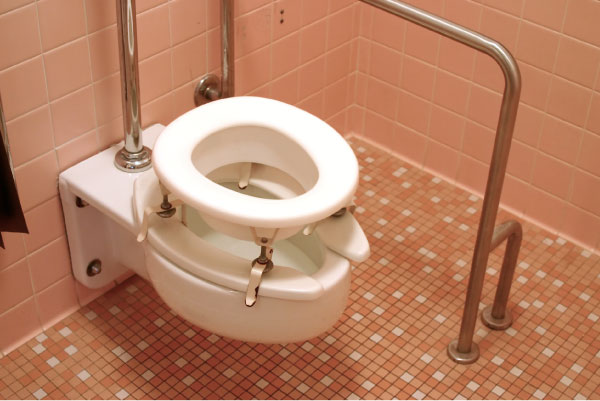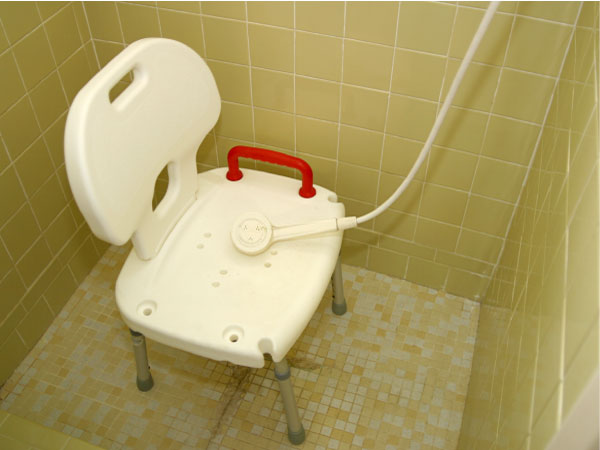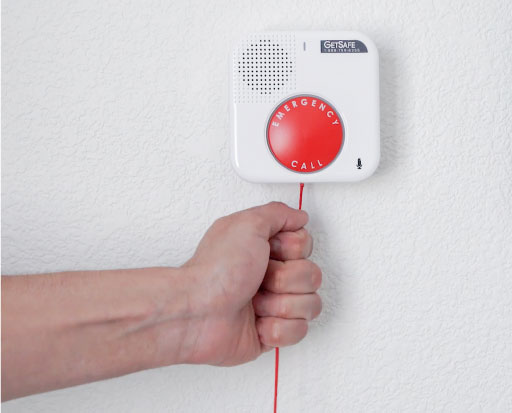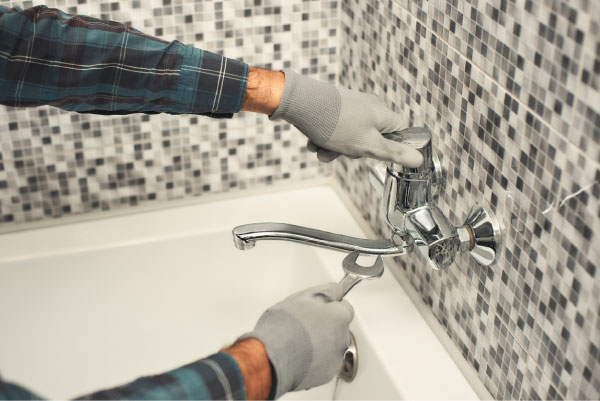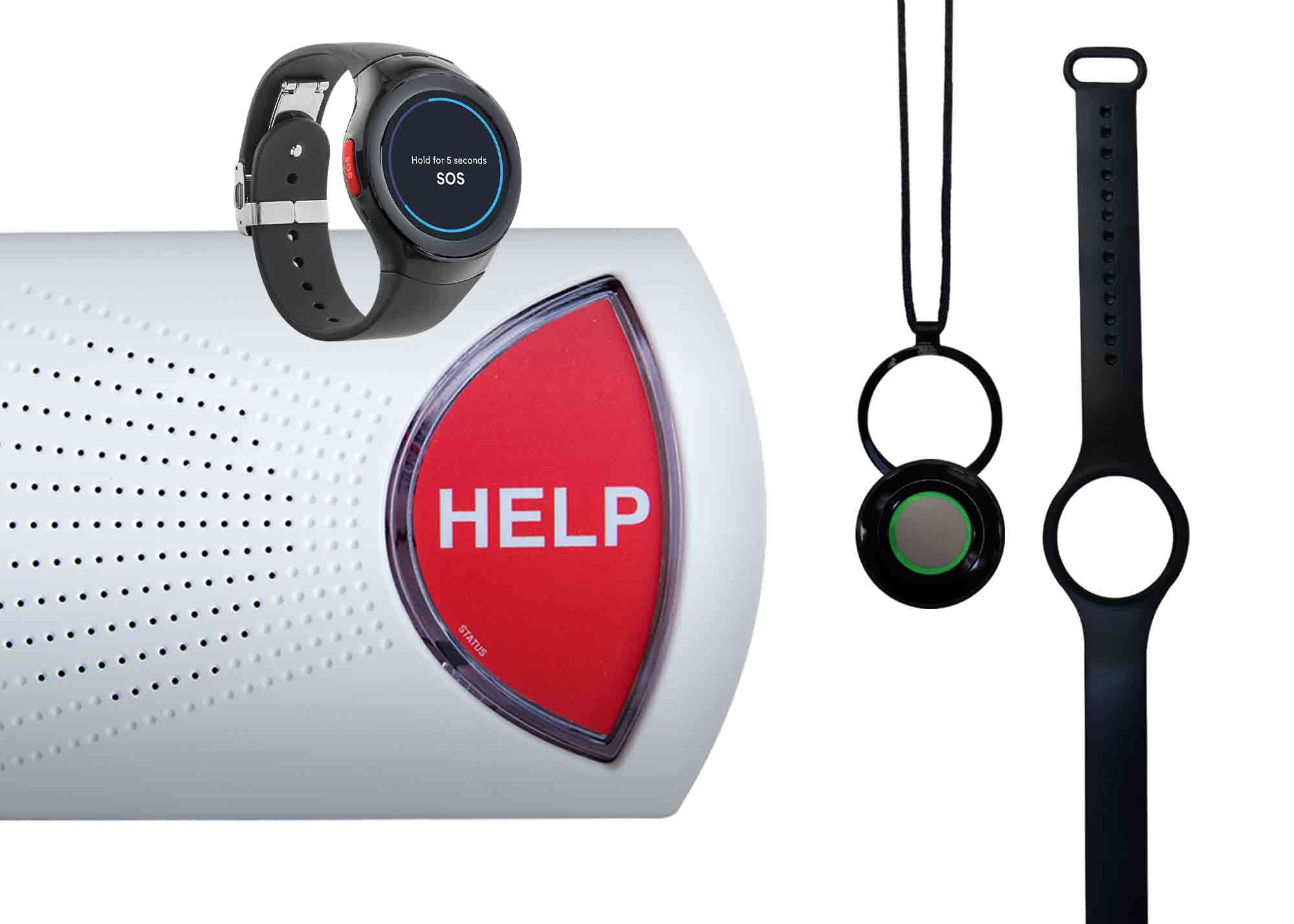Grab Bars, Toilet Risers, Walk-In Tubs: Bathroom Remodels For Seniors
August 28, 2023
As we age, challenges can come, especially with mobility. If you or your loved one are struggling with large motor or fine motor skills, personal care tasks quickly become more difficult. It can be frustrating to experience a shit in independence. Fortunately, the right adjustments to the environment can enhance independence, decrease frustration, and boost confidence.
Personal care activities, like bathing and using the toilet, can be especially challenging as we age. Conditions like arthritis can cause pain, while other neurological diseases can make standing less stable. It can be hard to ask for help with grooming, bathing, and using the restroom. But the right bathroom modifications can help older people manage these tasks safely, independently, and with dignity.
Ready to revamp your bathroom so that it works for you? We’ve got 9 tips for bathroom makeovers for seniors that can help you or your senior relative age in place safely and as independently as possible.
Why Remodel Your Bathroom
Before you begin searching online for grab bars or shower renovations, it is important to understand how the right equipment can keep you more safe. The Centers for Disease Control and Prevention reports that one in four seniors fall each year, though most aging experts believe this number is much higher because many falls go undocumented or unreported.
Falls happen most often in the home, and the bathroom is one of the more dangerous rooms in the house. With all the wet surfaces and potential for vulnerable slips, the bathroom can be where you get the biggest safety bang for your buck.
But don’t worry – you don’t need to spend tens of thousands of dollars on a full bathroom renovation in order to make it senior-friendly. Instead, the right smaller purchases can make the biggest difference. Just be sure you are choosing options that suit your limitations or frustrations. This way, you are personalizing your bathroom to your specific needs and preferences.
What to Add to Your Bathroom
There are many tools and supplies that you can use to make your bathroom safer. While you might not need every option on this list, it is wise to consult with your physician or occupational therapist to see what you might need now and in the future based on your current prognosis. You want to have the equipment in place before you need it; prevention is key.
- Grab Bars
Grab bars and safety rails are some of the most important bathroom safety modifications for seniors. Place them in the shower/tub area, next to the toilet, and along walls as needed. Be sure to install grab bars so that you can use them with your strongest or dominant hand. This is especially important if you have a weaker side due to stroke or other conditions. Finally, ensure grab bars are secured to the wall and are stable. Learn more about installing grab bars here, or ask a local contractor to do it for you.
- Toilet Riser or Raised Toilet Seat
Raised toilet seats are also called “elevated toilet seats.” They help people with mobility issues use the toilet independently, as it makes bending at the knees and waist to sit down less difficult. There are many different types of toilet risers, including models that clamp onto the existing seat, non-locking models that fit over the seat, and toilet seats with frames for people who need extra stability. A locking seat with an armrest is a good option for someone who has limited upper body strength and has trouble standing using just a grab bar.
Always remember to securely install the riser and to test it out before your senior loved one. The seat should be stable and should never shift or wiggle.
Read these tips for choosing the best raised toilet seat for your bathroom.
- Walk-in tub or Curbless Shower
Stepping into a standard bathtub or even into a regular shower stall can be hard for people who have balance problems or difficulty lifting their legs. For wheelchair users, it can make safe transfers difficult as well.
A curbless shower is just like a regular shower, except that there’s no low barrier to step over. They’re also called “roll-in showers” because they make it easier for a person who uses a walker or wheelchair to enter the shower and transfer to a shower chair or bench. And while these showers are ideal for older adults, they are also very trendy right now and might even increase the value of your home.
That said, they cost more than standard shower enclosures to install. Talk with a licensed contractor about modifying the existing shower enclosure to create a no-curb entry.
A walk-in tub allows the user to enter the tub without stepping over a barrier. Walk-in tubs are more expensive than traditional tubs, with the most basic models costing $2500 – $5,000. The cost is typically not covered by Medicare, but some state Medicaid programs may cover it and veterans may be eligible through the VA. In addition to the cost of the tub, your home may require structural renovations to accommodate the size and weight of the tub. Learn more about choosing the best walk-in tub for your needs.
- Shower chair or stool
A shower chair or shower stool is a bathroom modification for seniors. It gives them a place to safely sit while performing hygiene tasks, eliminating the need to stand in a hot shower, which can decrease endurance and increase fall risk. A standard shower chair or stool is portable, affordable ($50-$300), and isn’t a permanent addition to the bathroom. That makes it a good choice for renters or for families temporarily hosting senior relatives.
In most cases, Medicare doesn’t cover shower chairs, but they are affordable and easy to install.
The type of chair you need depends on the user’s level of mobility, balance, and ability to handle tasks like washing their hair. The basic model is a simple stool with non-slip surfaces. Other models have additional features like a reclining seat or wheeled models that allow the person to be rolled directly into the shower area (if it’s a curbless shower). Some models attach directly to the shower wall and fold down. These are very stable and sturdy, but may require professional installation because they must be attached to wall studs.
In all cases, shower chairs should be sturdy and easy to use. They shouldn’t shift or wiggle. The senior should practice using it with their clothes on a few times before they try it out in a shower situation.
Learn more about choosing the best shower chair.
- Home Medical Alert
No matter how careful you are, accidents can happen – especially on wet surfaces. A home medical alert with a call button or cord makes it easy for someone to summon help while in the bathroom and away from their traditional phone or smartphone. With a voice-activated medical alert unit, you can call for help even if you can’t reach the emergency wall button for the system. The wall buttons are a good choice to improve the home safety of seniors who resist a wearable button and provide an extra layer of safety for those who forget to wear their buttons.
- Bathroom Lighting
The right lighting can make a significant difference in a fall prevention plan. In addition to changing any light bulb in the bathroom that is out, consider adding lighting to the bathroom by using nightlights or light plates with a nightlight. Motion sensor lights are also an excellent option for senior-friendly homes, as they don’t require finding a light switch in the middle of the night.
- Non-slip surfaces
A slick, wet floor increases the risk of falling. While rugs can absorb water and stabilize surfaces, they must be taped down with rug tape so that they don’t become a fall risk themselves. Rugs and mats are traditionally in bathrooms, but for the shower stall itself, consider slip-free coatings that can be added to make the surface easier to stand safely on. You can also consider replacing smooth tile flooring with laminate or tile that has a rougher surface and choose textured surfaces for the tubs and shower floors.
- Pocket Sliding Doors
Doorways need to be wide enough for someone to easily go through if they’re in a wheelchair or using a walker. Widening doorways can require structural renovations and approval from your village, so talk to your contractor about installing a pocket sliding door instead of a standard leaf door. This option is much easier for someone with a walker or wheelchair to open and close and it can reduce the expense of the project as well as shorten the timeline.
- Sink Height & Clearance
Consider removing the vanity and using a sink mounted on the wall to provide knee space so someone can sit at the sink using a bench or in a wheelchair. Some specialized vanity models have a door that opens and provides space for someone to wheel right up to the sink. They’re more expensive, but provide both accessibility and storage.
Although most of these bathroom makeover options are DIY projects, others require structural and/or wiring modifications. Even if your building codes don’t require professional installation by licensed, insured contractors and tradespeople, it’s still a good idea. Get quotes from several contractors and talk with them about opportunities for cost savings. They may have ideas for alternatives that can save costs while still supporting your goal of an affordable bathroom makeover for you or your senior relative.
